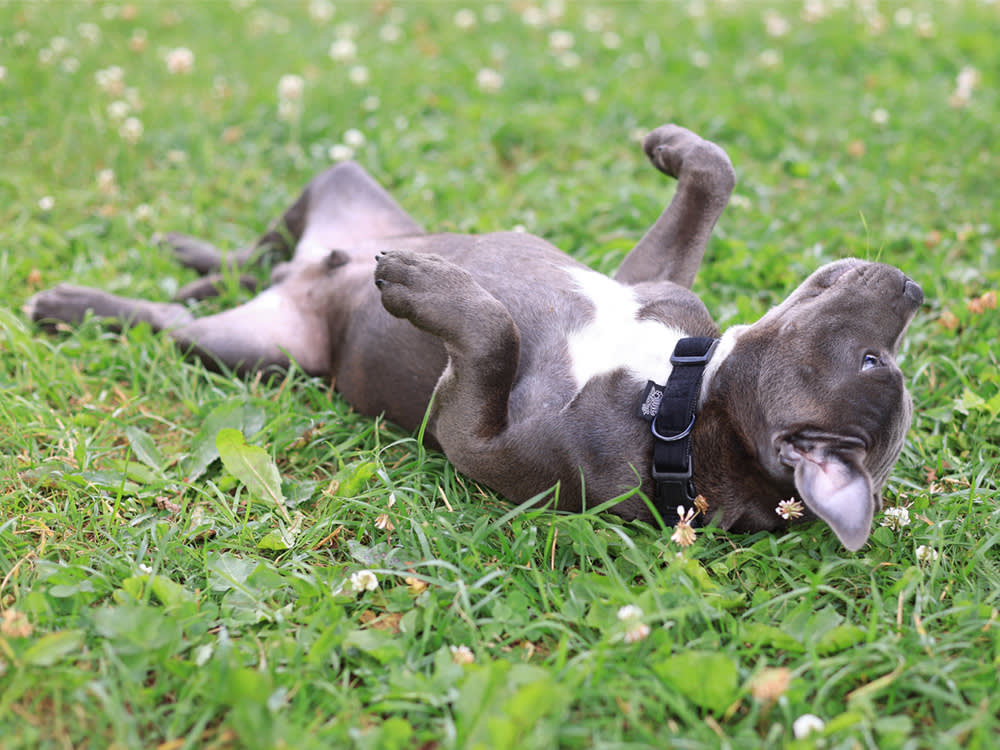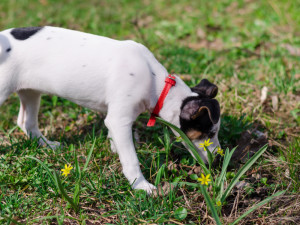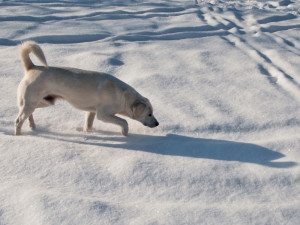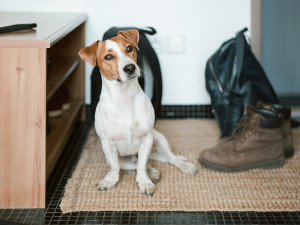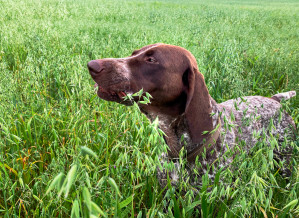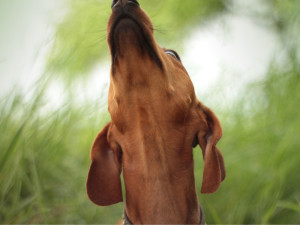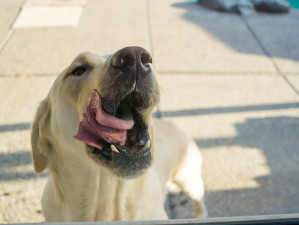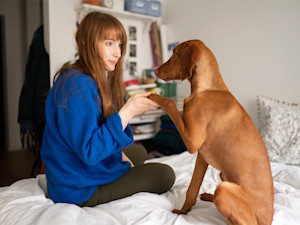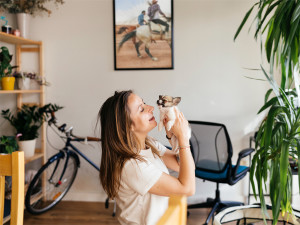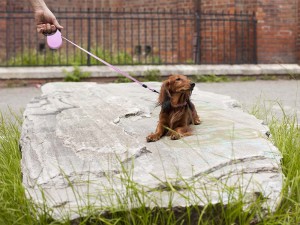7 Weird Dog Behaviors Explained
Chasing their tails, eating grass, and rolling in garbage — should you worry?
From humping to “targeted” sniffing, dogs have a plethora of odd habits — at least to those of us who walk on two legs instead of four. Until dogs learn to speak human, divulging their best-kept secrets, we’ll just have to continue to make educated guesses about these weird but common dog behaviors.
While most of these behaviors are harmless, the key is recognizing if a behavior signals poor health. If you notice any behavior that might be concerning, please contact your veterinarian right away. Here are seven seemingly weird dog behaviors explained.
Rolling in garbage
When you see a dead animal or a pile of garbage, your first inclination is probably to step around it … waaaaay around it. But, with dogs, it is their greatest desire to jump right in, getting a good coating of ick with a strategic roll. The more foul the smell, the stronger the lure, and the more joy that is experienced by the now perfumed pups. It’s thought that dogs like to cover their own scent with horrible odors to make it easier to surprise prey. You probably can’t curb your dog of this desire, so your best hope is to spot smelly things first and steer your pal in a different direction.
Tail-chasing
When puppies chase their tails, it’s like babies grabbing their toes — and this is a normal way for them to explore their bodies. But like anything in life, moderation is key, and problems can arise if this tail-chasing behavior becomes compulsive. So, how do you determine if your pup has a case of canine-compulsive disorder? It comes down to whether you can distract them from this behavior. If your dog would rather chase their tail than go for a walk, they may have a compulsive disorder, and a veterinary assessment may be needed.
How much do you spend on your pet per year?
Scooting
It can be common for dogs to drag their bottoms across the ground after doing their business, particularly if their stool is loose. But if this behavior is noted frequently throughout the day, this may be a sign of impacted anal glands, a condition that can have serious complications if left untreated.
Humping
Watching your dog get personal with their stuffed toy can make you want to look away, but it’s not abnormal. Many dogs discover that humping feels good, it can relieve stress or serve as an outlet for excessive feelings of exuberance and excitement. Both males and females are known to partake in this behavior, though males do it more often.
Eating grass
People often think that dogs eat grass when their stomachs are upset or they are ill. However, a good ol’ lawn actually serves as a gourmet snack for many dogs. As omnivores, they like to eat their meat and veggies, too. Eating grass in moderation is a normal part of a dog diet, and a walk in the park for my dogs always includes a stop at the grass buffet. That said, if all of a sudden you see your dog frantically binging on grass, this could be a sign of distress, and a call to your veterinarian is in order.
Crotch-sniffing
It is general custom for dogs to greet each other with a sniff of the behind, but why share this custom with us? Bad manners? Well, not according to the canine code of conduct, as this is a perfectly acceptable way of collecting personal information about one another, including humans. So the next time you are surprised by a nosey nudge, just know that you are being greeted and assessed (and don’t worry, dogs generally won’t be offended if you just give them a pat on the head in turn).
Eating poop
Gross, right!? I’m asked about this all of the time and all I can do is give an empathetic cringe of the nose and a shrug of the shoulders. (I know the score: My dog Mickey used to raid the cat’s litter box, proudly returning with “kitty cigars.”) As stomach-turning as this is, eating excrement is a surprisingly normal behavior for dogs. In the early stages of domestication, dogs performed a hygienic function of cleaning up their own feces. Additionally, their digestive system is very efficient, and they can actually get some quality nutrients out of it — although I can think of much better sources.
Hopefully, this has shed some light on a few odd dog behaviors. I find myself looking over at my own dog, Bauer, wondering if he is looking back at me, thinking, “Wow, there she goes again, sitting in front of that computer when she could be outside playing with her ball. Now, that’s just weird.”
